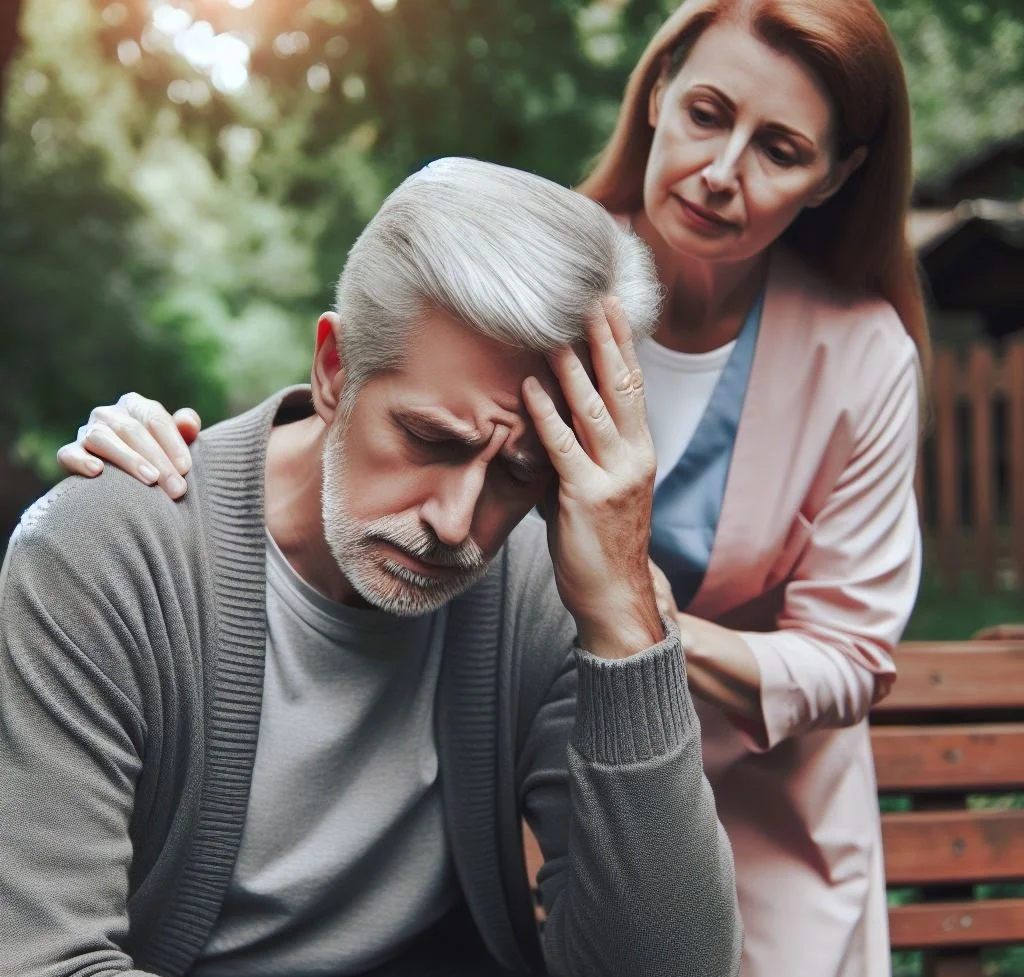Is Parkinson's disease painful?
2/26/24, 4 mins reading
Is Parkinson’s disease painful? Yes, it could be.
About 40% of Parkinson’s disease patients experience pain as one of non-motor symptoms. Pains can occur before motor symptoms, or after. Pains can also take place on and off the medication. Pains in Parkinson’s disease are complex and multi-factorial, PD-related or Pd-unrelated as a secondary disease.
Classifications From a Parkinson’s disease standpoint, Blair Ford classified pain in his review into 5 different categories, the most common one is dystonia.
Musculoskeletal pain. It is usually associated with rigidity and akinesia of Parkinson’s disease symptoms and originates from the lack of mobility. The most common type is frozen shoulder.
Radicular or neuropathic pain. This type of pain is more limited to a certain territory of a nerve.
Dystonia. It is sustained and twisting pain, which is the most painful symptom in Parkinson’s disease. Its happening is considered to be related to dopaminergic deficiency or wear-off.
Akathisia. Akathisia has been suggested to originate from dopamine deficiency involving the mesocortical pathway, which is affected in Parkinson’s disease.
Primary, or central pain. Primary pain is considered to directly come from Parkinson’s disease itself.
Pain in Parkinson’s Disease, Blair Ford 2010, Movement Disorders.
Treatments
The pain a Parkinson’s disease patient experiences would hinder daily movement, exercise, or physical therapy, which in turn aggravates Parkinson’s disease motor symptoms. Therefore, managing pain has become a critical part of what Parkinson’s disease patients have to deal with daily.
The treatments depend on specific types. For example, dopaminergic therapy, exercise, and physical therapies are helpful for musculoskeletal pain since the lack of mobility is the root cause of this pain and any type of treatment that can increase mobility will be beneficial to the pain. On the other hand, treating primary pain can be extremely challenging since dopamine replacements usually don’t work, and surgeries such as nucleus stimulation may be helpful.


